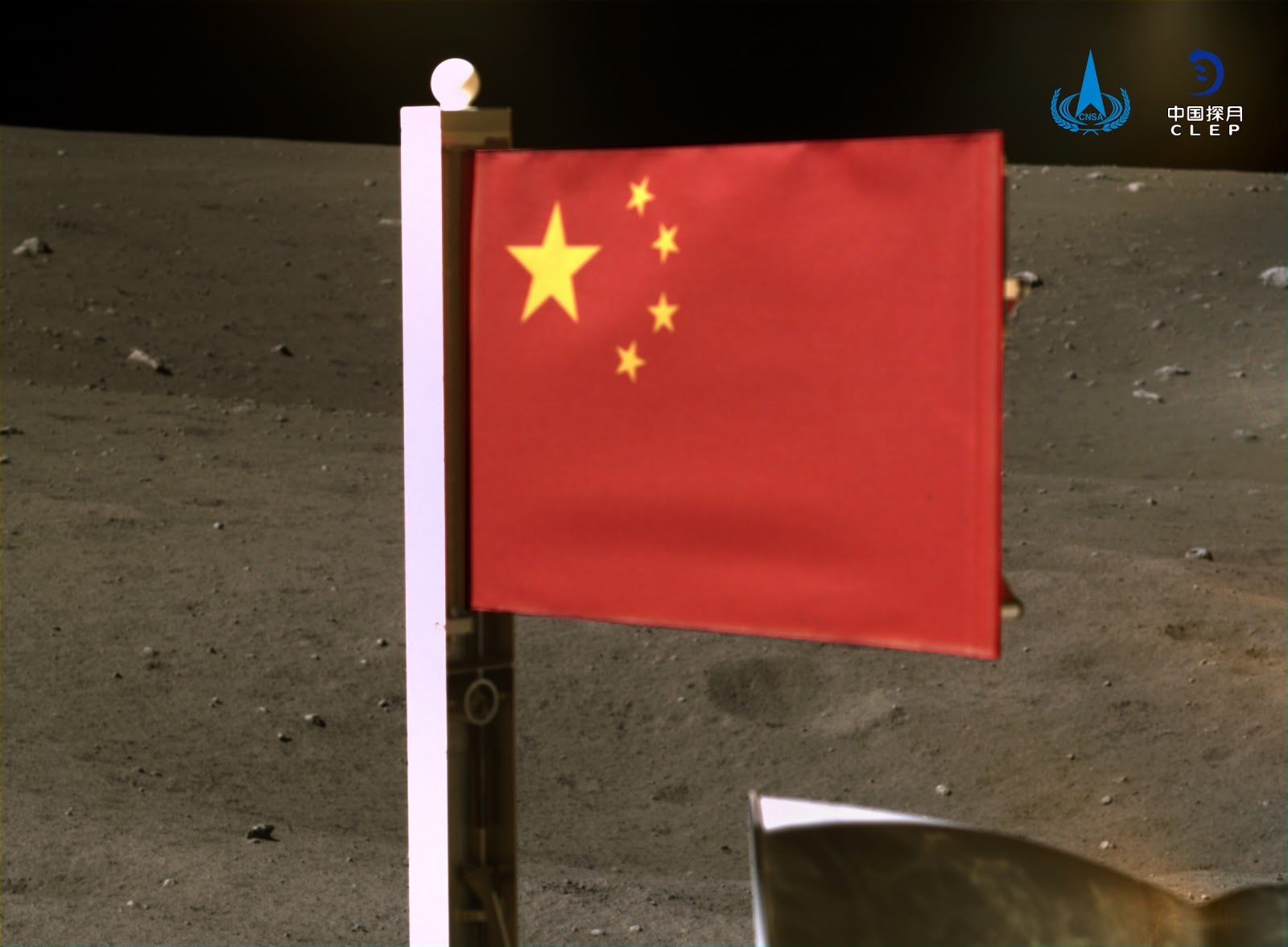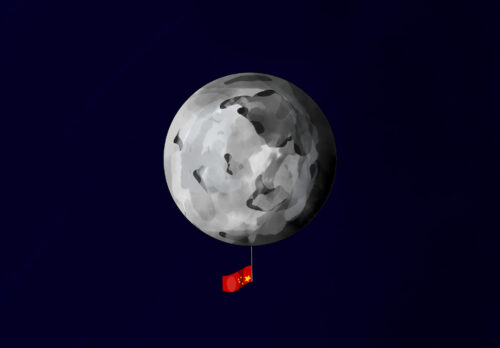Chinese capsule returns to Earth with Moon rocks
The Chang’e-5 probe has landed in Inner Mongolia with a cargo of lunar rocks and soil.

For the first time since the former Soviet Union’s Luna 24 probe returned to Earth with lunar samples in 1976, a capsule has landed back on Earth bearing rocks from the Moon. China’s Chang’e-5 probe landed in the Inner Mongolia region in the early hours of December 17, Beijing time, reports Xinhua.
- The robotic space probe was named after Cháng’é (嫦娥), a goddess in Chinese mythology who lives on the Moon.
The mission was “one of the most complicated and challenging” undertakings by China’s space agency, and made a numbers of firsts for the country:
- The first Moon sampling.
- The first liftoff from an extraterrestrial body. (China has previously landed two lunar craft, but both stayed on the Moon.)
- The first rendezvous and docking in lunar orbit.
The probe was launched on November 24, and touched down near Mons Rumker in the Ocean of Storms on December 1.
- About 2 kilograms (4.4 pounds) of samples were collected “by scooping them from the surface and by drilling 2 meters (about 6 feet) into the moon’s crust,” reports the Associated Press. (U.S. Moon missions brought back 82 kilograms [842 pounds] of rocks from 1969 to 1972.)
- The samples “are expected to be shared with other countries,” according to the AP.
- The European Space Agency helped to monitor the mission.
The samples “are thought to be billions of years younger than those obtained earlier by the U.S. and former Soviet Union, offering new insights into the history of the moon and other bodies in the solar system…and will help fill in a gap in knowledge about the history of the moon between roughly 1 billion and three billion years ago,” according to Brad Jolliff, director of the McDonnell Center for the Space Sciences at Washington University, as cited by the AP.
- “These samples will be a treasure trove!” Jolliff said. He noted that they “may also yield clues as to the availability of economically useful resources on the moon such as concentrated hydrogen and oxygen.”
See also on The China Project: China’s space program is taking off.






